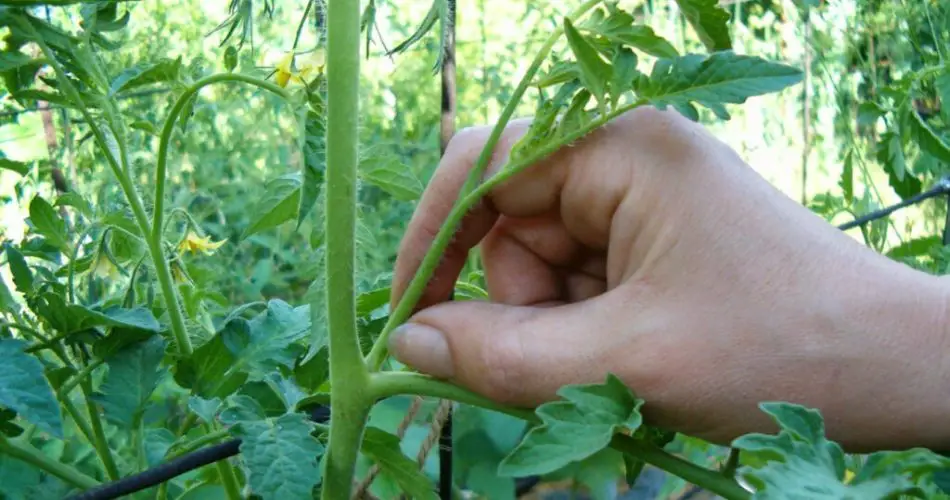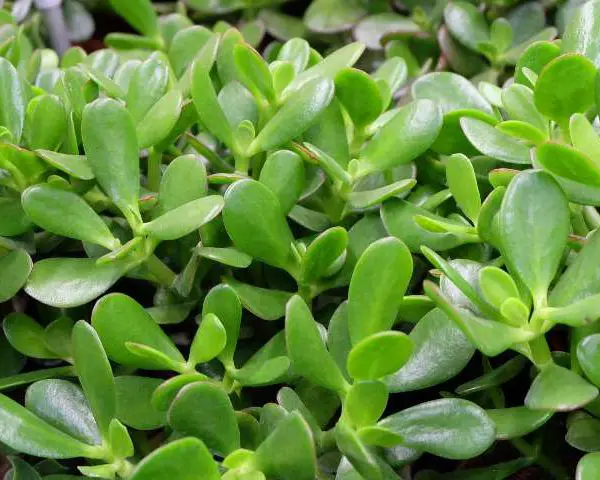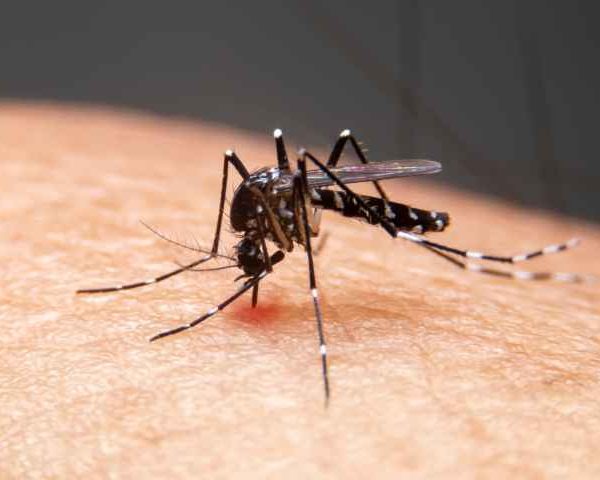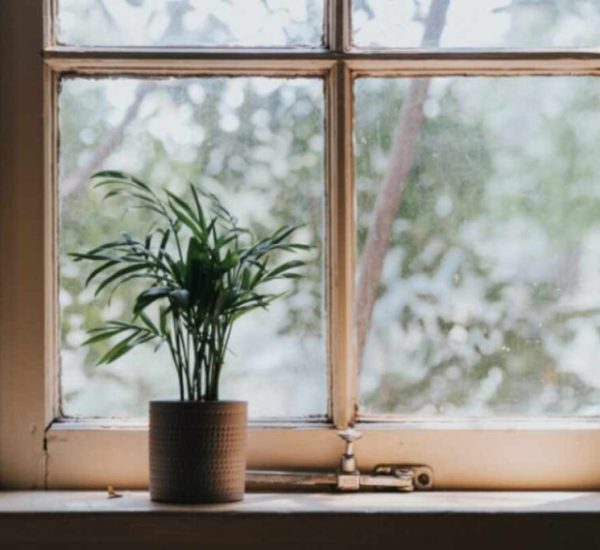Usually, most gardeners always remove the lower leaves from tomatoes.
This is done so that the bush is well ventilated and the sun reaches the fruits better.
Leaves should be removed, especially when they have served their purpose. Some make the mistake of removing the leaves early, which leads to poor development of the bush and the fruits themselves. Most gardeners like to listen to other people’s advice. However, you should not listen to others, but rather do everything correctly.
Leaves play a vital role in photosynthesis, creating the useful elements for the plant. These elements are then transferred to the fruits and roots.
Leaves are not just there for decoration; they are integral to fruit formation. Each variety has its own characteristics and a specific fruit weight it should reach. Until the fruits reach this stage, you should not remove all the lower leaves, as their removal directly affects the fruit’s growth.
The upper leaves cannot fully support the stem and ovary‘s growth, especially with tall tomato varieties.
You should not cut off the leaves too often, as this can result in small tomatoes that won’t ripen properly. However, do try to avoid thickening the tomato plants by occasionally cutting off the lower leaves. It’s important to leave a couple of leaves on each brush until the fruits reach the required size and start to ripen. Thickening the plantings can also lead to various diseases. It is much easier to care for non-thickened plantings.
We wish you success!



